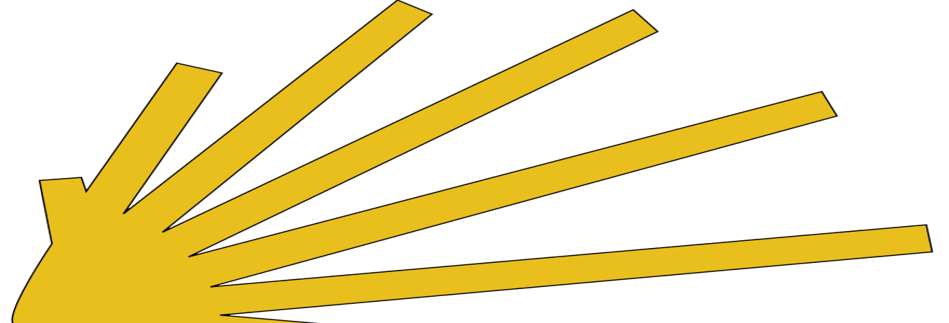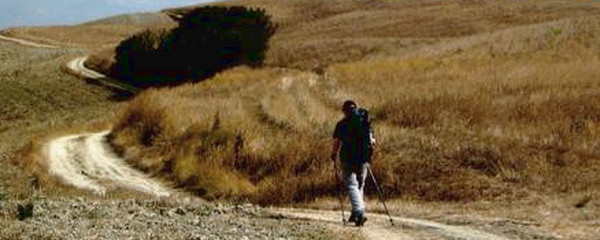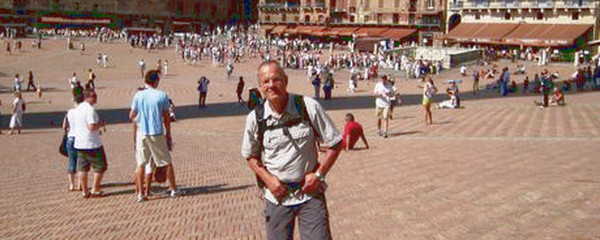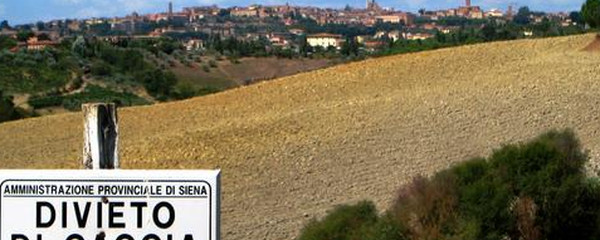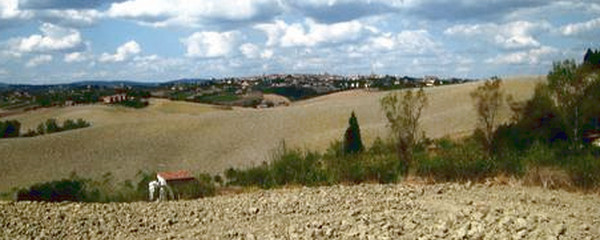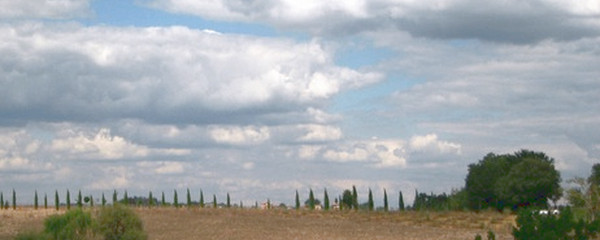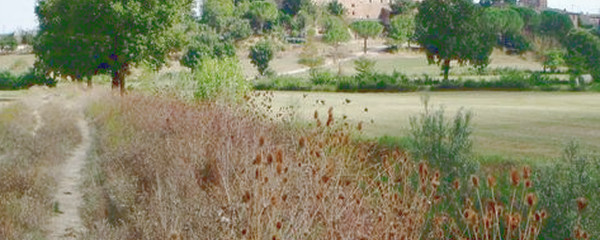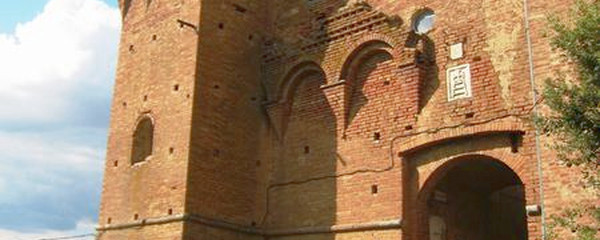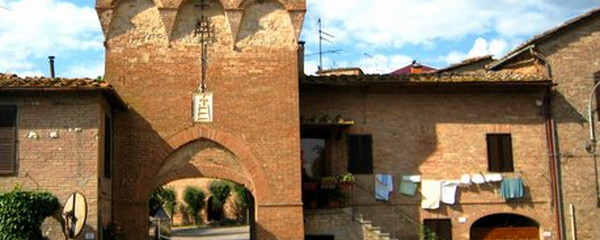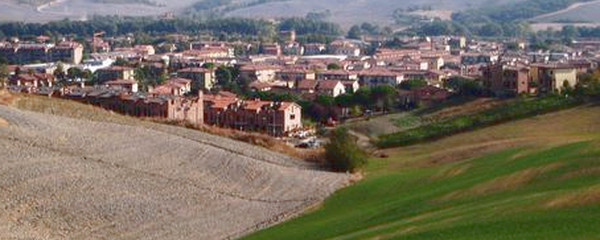Navigation

Siena: Start auf der Piazza del Campo

Blick zurück auf Siena
Even before reaching Montenori,at Cuna, we encounter a Middle Aged, fortified farm. At the time, this farm was owned by a hospital. On the surrounding fields, cereal, olive oil and Wine was produced, and the fortified farm enabled safe stocking of these provisions.
Soon after leaving Siena, we come through the area where the river Arbia has it's source, and subsequently, that river remains on our left hand side until we cross it over the Ponte d'Arbia which gave the name to our destination. On the last part of our trail, after Quinciano, orientation becomes easier, because we will follow a railway track until shortly before our destination.
Note(s)
The «Via Francigena» is one of the 3 main christian pilgrimage trails of the Middle Ages, the main axis leading from Canterbury to Rome. This documentation currently covers the most frequented section from Lausanne to Rome.
Anmerkungen
Die «Via Francigena» ist einer der 3 christlichen Pilgerwege des Mittelalters, dessen Hauptachse von Canterbury in England nach Rom führt. Diese Dokumentation umfasst vorerst den Abschnitt von Pontarlier nach Rom
Tipp des Autors
Die Etappen sind in dieser Dokumentation Vorschläge, die jeder Pilger seinen Wünschen anpassen kann. die technischen Daten betreffen aber immer die Annahme, diese Etappen würden jeweils an einem Tag absolviert.
Orte entlang des Weges
Siena - Cimitero Israelitico - Certosa di Maggiano - Bucciano - Renaccino - Colombaio - Colle Malamerenda - Torrente Tressa - La Piaggia - Ponte a Tressa - More Di Cuna - Monteroni D'Arbia - Poggio Del Cipressino - Poggio Del Perino - Quinciano - Torrente Arbia - Ponte D'Arbia
